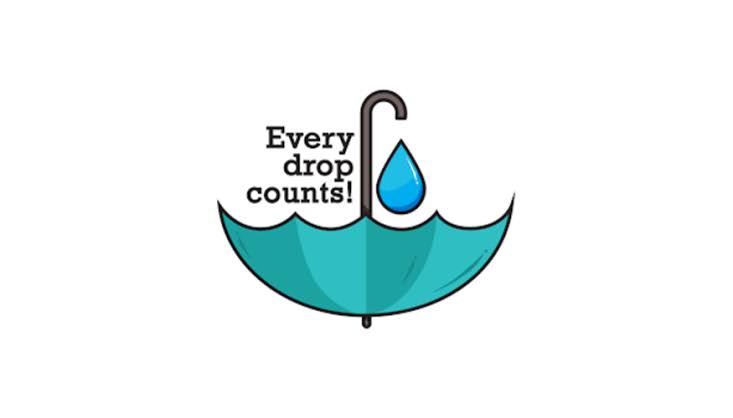Optimizing water usage with your cleaning process
- January 16, 2020
- Posted by: Dhivya Srinivasan
- Category: Training

Environmental and water scarcity issues are being tackled in multiple industries since it is presumed to affect industrial facilities more in the upcoming years. Scarce water availability could result in increased costs of sourcing and related tasks. Water conservation strategies have become mandatory for facilities now in not only cleaning but all tasks.
Not only has the cleaning industry slowly moved to environmentally conscious cleaning products, but the challenges faced due to limited natural resources has the industry spurring on for technologies to reduce water consumption. The methods mentioned here are opening points for any facility manager to start with. Even though conserving water would require an initial investment, this list of strategies will benefit your facility in terms of cost in the long run.
Conserving water is a long term process and requires a facility to follow these basic steps:
- Creating a resolution and committing to it
- Assessing current water usage by the facility
- Establishing achievable goals for the company
- Creating an action plan
- Educating all the staff about the plan
- Implementing the said plan in the timeframe
- Consistently monitoring and evaluating the results
Conserving water in your cleaning
Reusing water
This is the most obvious form of conserving water regardless of the kind of facility you run. Some mild cleaning water can be reused by facilities without any industrial treatment. While recycling and reusing water that has been used for intense cleaning may need an upfront investment, your facility’s capacity to curb water increases exponentially and it provides a return on investment within the first year.
Implementing and investing in reusing water technology can influence costs that are wasted on sourcing water and discharging the waste.
Upgrading your facility’s existing cleaning tools
Usage of tools like garden hoses can be easy but contribute to the wastage of water extensively. Instead, substitute them with sweepers and mops and manually sweeping them with water to clean plazas, sidewalks, and outdoor areas. If this does not work for your facility, buy high-pressure, low volume taps that can remove dirt effectively. An easy-to-implement yet the inexpensive option is to install auto shut nozzles and taps. These automatic on-off plumbing systems can also be inbuilt for larger facilities for demand detection. This prevents any manual error-lead water wastage.
 Note the materials used in your facility’s cleaning. Use microfibre material over conventional material cleaning cloths which can reduce the usage.
Note the materials used in your facility’s cleaning. Use microfibre material over conventional material cleaning cloths which can reduce the usage.
The strategies implemented can be as simple as the above or replacing bigger elements of your cleaning process with newer technologies. Installing monitoring tools to curb water waste would be ideal. Investing in an end to end water management systems that detect leaks, predict water consumption could lower maintenance costs for the facility. These tools can help the facility keep track of how much water is used not only for cleaning but also check delivery from each load.
Use tools and types of equipment that require less moisture for scrubbing. Using automation of cleaning can considerably reduce the usage of water. The machines tend to use technologies that have auto-dilution systems that monitor the mix of chemicals and water accurately and prevent any wastage of water. Brands like Cleanfix has low moisture scrubbers available for facility cleaning. Because the rotating brushes do the major chunk of the cleaning work, water and chemical consumption will be reduced.
External factors
Regular maintenance of areas like carpets and floors can help reduce hard-to-remove dirt and grease. Also, concentrate on frequently used areas than hardly used ones. Invest in care for your floors, carpets, walls and other areas so that the refinishing cycles get reduced.
Not only is it important to invest in water-conserving technologies, educating your company’s employees and the rest of the staff about water efficiency will boost water-saving practices.
Do not forget to install tools that can monitor your water usage. Metering and leak detection tools are absolutely mandatory to monitor progress and see where the facility stands in terms of final results. Water audits are vital to make further plans to reduce the consumption of water by your facility.
Schevaran has over 32 years of experience in cleaning methods tailor-made for Indian geography. With sustainable and environmentally friendly production methods, Schevaran has now effectively augmented our products to consume very little water.


